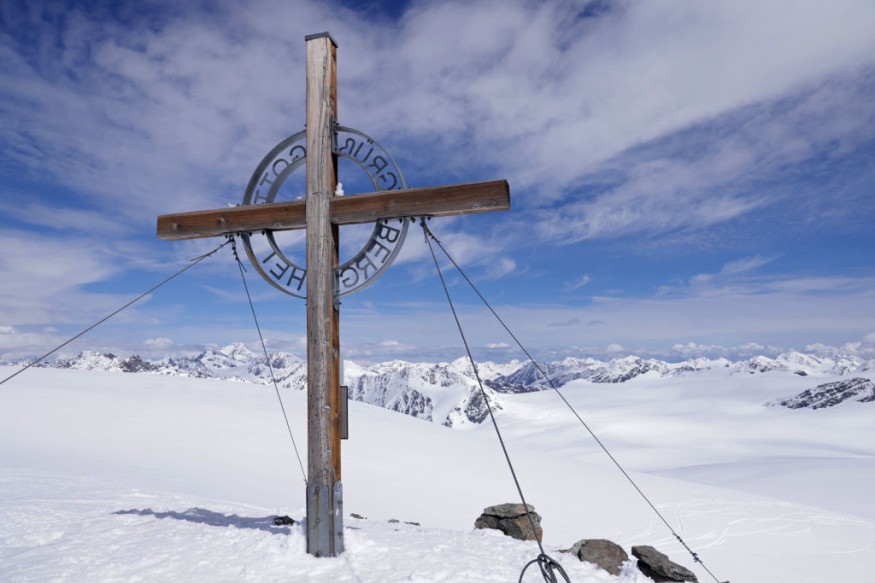
The last glacier in Venezuela has vanished, having shrunk to the point where geologists had to reclassify it as an ice field.
Venezuela is believed to be the first nation in modern history to have completely lost all of its glaciers.
Glacier to Ice Field
Six glaciers once resided in Venezuela in the Sierra Nevada de Mérida mountain range, which is located roughly 5,000 meters above sea level.
By 2011, only the Humboldt glacier, also called La Corona, near the nation's second-highest peak, Pico Humboldt, remained. Five other glaciers had disappeared.
Though political unrest in the nation has prevented scientists from monitoring the Humboldt glacier location for a few years, the glacier was expected to persist for at least another ten years.
According to studies, the glacier has now melted significantly quicker than expected and has decreased to a surface area of less than two hectares. This consequently reduced its categorization from glacier to ice field.
"Other countries lost their glaciers several decades ago after the end of the Little Ice Age, but Venezuela is arguably the first one to lose them in modern times," said Maximiliano Herrera, a climatologist and weather historian who maintains a chronicle of extreme temperature records online.
A 2020 study found that Venezuela's glacier surface decreased from 2,317 square kilometers to barely 0.046 square kilometers between 1952 and 2019.
Big ice masses, known as glaciers, are the result of centuries' worth of snowfall. They usually exist where average yearly temperatures approach near-freezing levels and considerable snow accumulations are caused by winter precipitation, according to the United States Geological Survey (USGS).
The fact that temperatures during the rest of the year shouldn't result in the whole loss of the snow accumulation from the previous winter is crucial to the growth of glaciers since it helps to preserve and expand them. And in the Humboldt instance, that's what went wrong.
Read Also : Lake Tsunamis Triggered by Landslides in Mountain Glacier Environments Could Worsen Amid Warming Conditions
Reflection Of The Future
Sea levels are rising globally as a result of the ongoing phenomenon of massive ice masses melting as a result of rising global temperatures brought on by climate change.
Experts predicted that Indonesia, Mexico, and Slovenia would be the next countries to lose their glaciers, with Papua Island in Indonesia and Mexico likely to hasten the glaciers' retreat due to recent record-high temperatures.
The El Niño climate phenomenon, which can hasten the melting of tropical glaciers and result in higher temperatures, has been plaguing the world recently.
Venezuela is a reflection of what will happen in the coming years when glaciers continue to recede from the Andes, starting in Colombia and Ecuador and moving southward to Peru and Bolivia.
"This is an extremely sad record for our country, but also a unique moment in our history, providing an opportunity to [not only] communicate the reality and immediacy of climate change impacts, but also to study the colonization of life under extreme conditions and the changes that climate change brings to high mountain ecosystems," said Luis Daniel Llambi, an ecologist at Adaptation at Altitude, a program for climate change adaptation in the Andes.
Related Article : Collapse of Antarctica's 'Doomsday Glacier' Could Trigger Deadly Tsunamis and Swallow Islands
© 2025 NatureWorldNews.com All rights reserved. Do not reproduce without permission.





